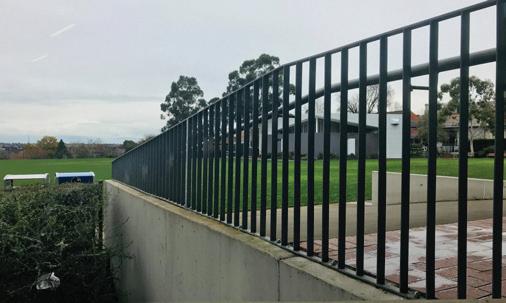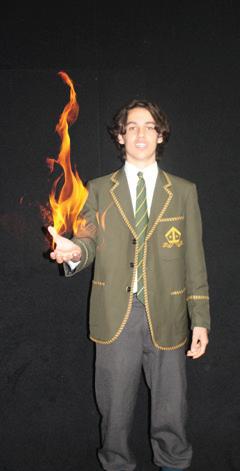Andrew McCormick , Year 9
Turning Points in HistoryTray von Mar tin On February 26, 2012, at 7:16 pm, in Sanford, Florida, one gunshot was fired, sparking not only public outrage, but also one of the most influential black rights movements since Martin Luther King Jr and the 1960s. The death of Trayvon Martin was the start of a progressive movement to raise awareness of the injustice in the lives of many black Americans. Trayvon Martin, an innocent 17-year-old African-American male, was shot and killed by George Zimmerman, triggering an onslaught of political unrest aimed at the American justice system and discrimination against minorities. The main reason that this trial drew so much attention is that ultimately the killer, George Zimmerman, was found Not Guilty.
after comparing statistics of black men to white men killed. For example, out of the approximately 326 million people living in the United States, 13.4% are black, in other words around 44 million people. So, for every white individual shot dead there are two black individuals shot dead. This disparity highlights the institutionalised racism black people face from birth. Black Lives Matter stated that it was ‘working for a world where black lives are no longer intentionally and systematically targeted for demise.’ This exemplifies how this shooting catalysed a change in the mindset of many Americans. It was a point at which ‘We [The Black Lives Matter group] began to understand the power of disruption’, enabling their plea to be heard. This movement was not only revolutionary in its quest to extinguish this kind of prejudicial behaviour throughout the United States, but also in the way it understood the impact a voice like Black Lives Matter can have. With many existing groups also trying to help bring about social change, the NAACP created a policy to change state legislature. This policy, while consisting of many provisions, raised four key issues: repealing stand-yourground type laws; creating law enforcement accountability through effective police oversight; improving training and best practice for community watch groups; and mandating
Social activism of this kind is not a new thing; however, after the Trayvon Martin Case, it became more urgent than ever. The popular phrase ‘Black Lives Matter’ became ubiquitous after the trial; the phrase is often used to exemplify the fact that the death of innocent black men and women can no longer be tolerated. The National Association for the Advancement of Coloured People (NAACP) created a policy to push for legislative action to reduce the likelihood of this happening again. The NAACP also stated ‘one time is too many times’ alerting the public once again to the fact that if this issue was not rectified, these crimes would be normalised. But that wasn’t all. At Union Square in New York City, a peaceful march was held; it was nicknamed the ‘Million Hoodie March’ because Trayvon was wearing a hoodie when he was shot. This turning point in history triggered the largest black rights movement in America since the boycotts of the 1960s and ’70s. Because of George Zimmerman’s acquittal, public outrage was universal within the black communities in the United States. This outrage gave rise to the Black Lives Matter movement, which outlined the need for equality and declared that the death of innocent black men and women would no longer be tolerated. The catchphrase Black Lives Matter began when people noted how a racial bias existed 28 A m p e rs a nd 2 0 1 9
A n drew Ye an g - Year 8





















